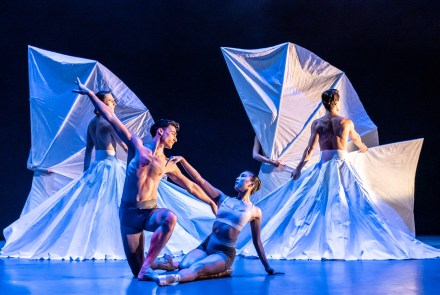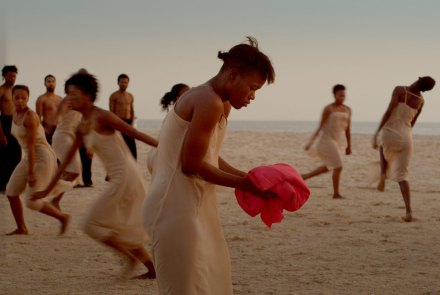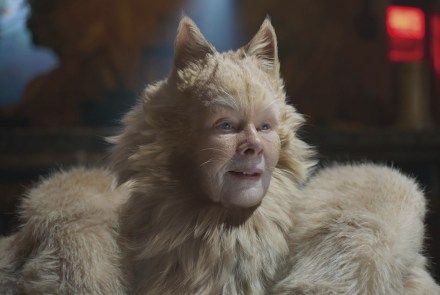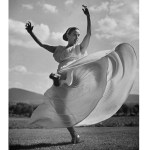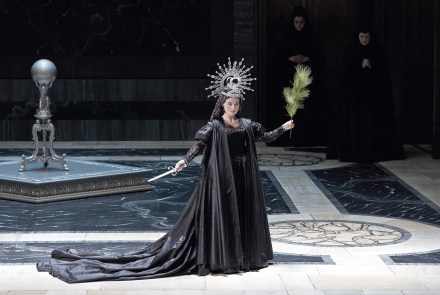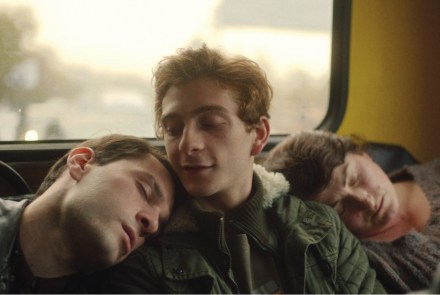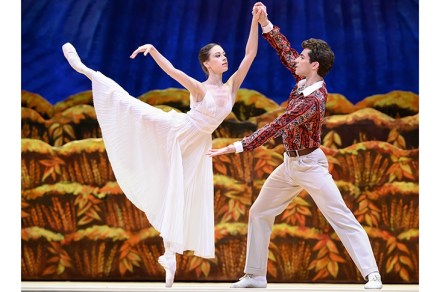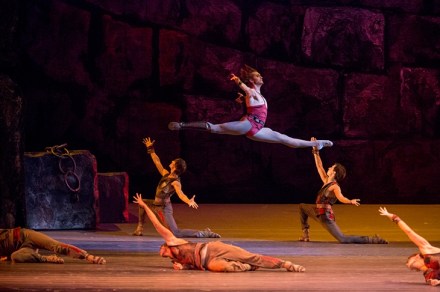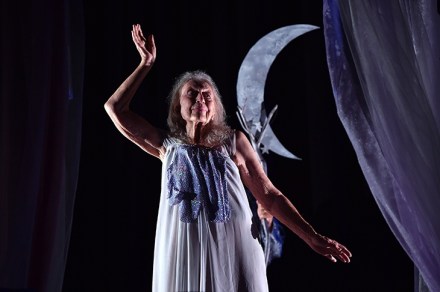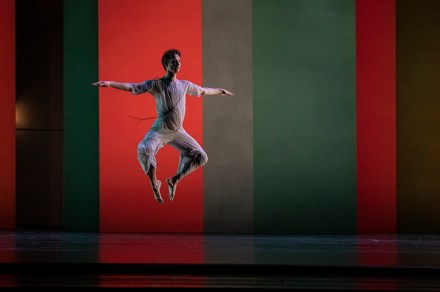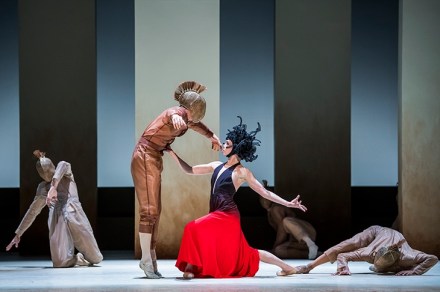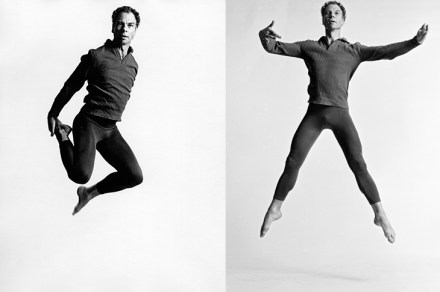Tranquil, silky and serene: Birmingham Royal Ballet’s Lazuli Sky reviewed
When Carlos Acosta was named artistic director of Birmingham Royal Ballet in January of this year, he announced ambitious plans for his inaugural season, but the pandemic swiftly derailed these. Lazuli Sky, recently performed for live audiences in Birmingham and London, is his first commission to come to fruition, and while the programme has been scaled down from its original incarnation — with fewer dancers, musicians and audience members — it lives up to the panache of the company’s usual mixed bills and even manages to pull off a world première by Will Tuckett, a lodestar of contemporary British ballet. The titular work, Lazuli Sky, is Tuckett’s ode to nature’s
